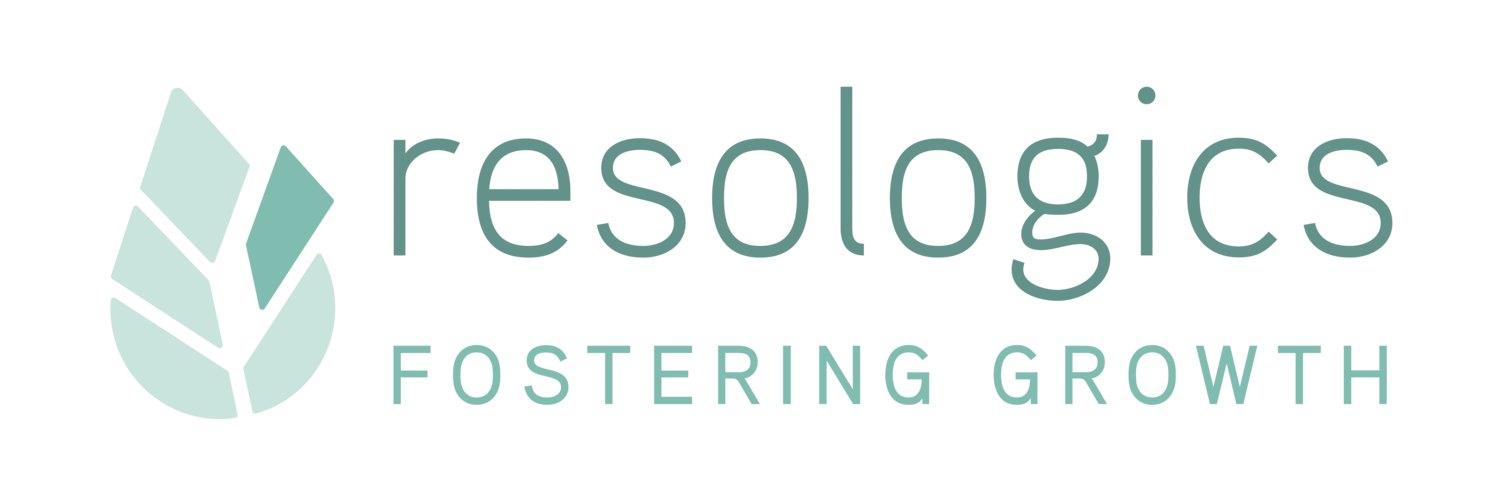The Top (Surprising) Reason Your Best Employees Leave
/Employee retention has become a big issue lately in this period of national economic growth and consistently low unemployment rates. So opportunity is knocking for great talent. You may not be hiring, but that doesn’t mean you don’t have to pay attention to this hot market trend.
You may have a valued employee who is, at this moment, looking around for a “better” opportunity.
This is a crucial time for organizations to assess their employee retention policies and, perhaps more importantly, their employee job satisfaction levels. Studies show that people don’t always follow the money. Also important to them is a workplace environment which will provide them with career and skill growth, personal satisfaction, a feeling of contribution and value, and - yes - happiness.
The opposite of this kind of culture? A workplace environment in which differing views are not invited, creative contribution is not encouraged, cliques grow and divide people instead of bringing them together to work on common goals, separations grow between and among management and work teams, individual disputes and disagreements spread discontent throughout the organization. Over time, this kind of atmosphere will sap energy, productivity, motivation, and contribution from your best talent. And they will leave for a better working environment.
The driving force behind both kinds of organizational culture is one that leadership often misses: the power of conflict.
Is conflict helping or hurting your employee retention?
Conflict will always exist, and there are positive and negative outcomes from conflict depending upon how it is managed. Creativity and innovation are deeply affected by how a work team deals with conflicting ideas and tasks. A workplace environment in which creativity, trust, and open communication are managed can significantly increase employee retention, as well as sustain productivity and innovative growth.
Among the negative outcomes of conflict on your workforce as well as your bottom line:
EMPLOYEE TURNOVER: severance/ termination package costs; recruitment and staffing costs; training and development costs associated with new replacement employees; difficulty in hiring quality talent; loss of human capital investment in skilled employees; loss of opportunity for billable hours during transition and training
WASTED TIME: productivity costs taken up with low performance, dispute resolution, project delays, lower job motivation and performance, restructuring around the problem; disability claims
DEGRADED DECISION QUALITY: leading to project delays and failure; decreased customer satisfaction; market entry delay; slow or stagnant growth
BAD PRESS, POOR REPUTATION: loss of core skilled employees; erosion of shareholder value; conflict-incited theft, sabotage, vandalism and damage
SOFT COSTS: workplace stress, frustration, anxiety; strained relationships; increased client complaints; diminished funding potential; lowered team morale
How can you assess the presence of negative or positive conflict outcomes in your workplace?
We offer to you a simple, free tool that measures and puts a dollar value on the negative outcome of conflicts.
Try it Now - Conflict Calculator™
This valuable tool estimates what the team has spent so far and how much it will spend in the future on unproductive outcomes from conflict. It outputs easily measured solid $ costs that are based on industry research and the users’ custom answers. Based on nine questions, the most common and largest dollar value costs are calculated.
The results allow you to look at negative outcomes from conflict in a new way, and take some actionable measures to improve the quality of your retention strategies. Features of the Conflict Calculator™:
- Calculates Multiple Costs
- Outputs Past, Current and Future Expenditures
- Instant Online Results
- No Sign-in Required
- Confidential
- Full Report Feature
- FREE to Use
The Innovation Estimator™ is another tool that brings into focus your teams' culture around communications.
Most business leaders would agree that talented employees are your most valuable asset. Here is a way to take those first steps toward ensuring your organization will retain and support those assets during a hot market. If you’d like to talk more about harnessing the power of conflict in your organization, please feel free to schedule a conversation with us here.




When we join a company, partnership or team, our expectation is that everyone involved will exhibit professional behavior toward us and each other. Instead, it’s highly possible that we may become one of the more than 60 million adults in the United States who are affected in some way by bullying behavior at work.
What kind of behaviors are we talking about? Our definition is any interpersonal behavior that causes emotional distress in others sufficient enough to impede their productivity or disrupt organizational functioning. It isn’t just a personality conflict — it’s a chronic pattern of disrespectful behavior.